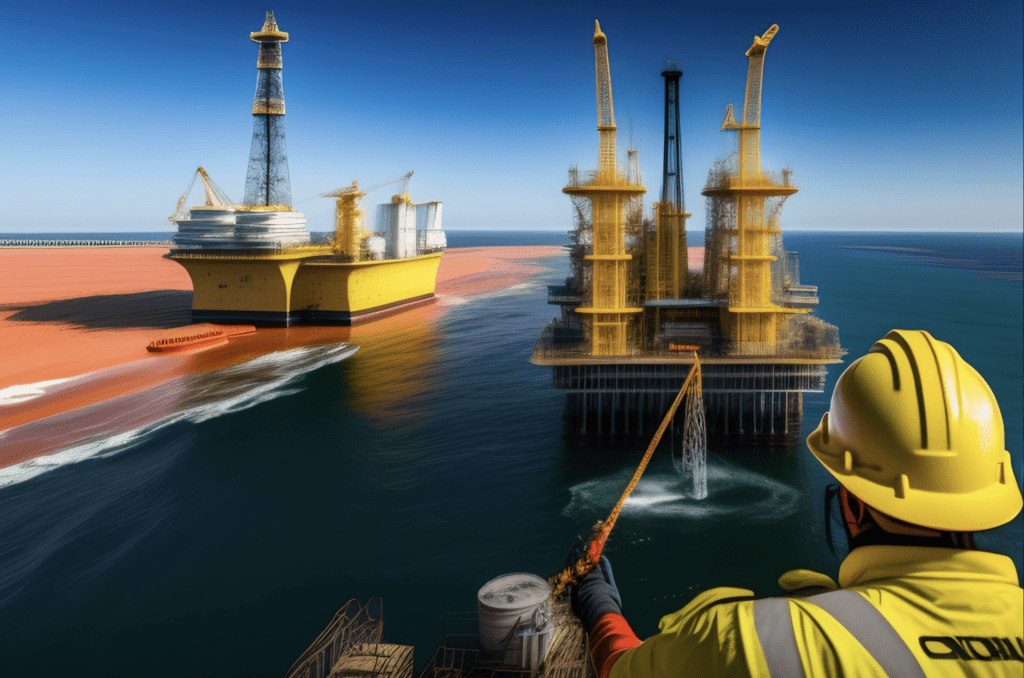
The oil and gas industry is one of the most hazardous industries in the world, with workers exposed to a wide range of risks and hazards on a daily basis. These risks can result in a range of incidents, from minor injuries to major disasters. In order to prevent these incidents and ensure the safety and wellbeing of employees, it is critical to understand the common SSHE incidents in the oil and gas industry and how to prevent them.
Common SSHE Incidents in the Oil and Gas Industry
There are several common SSHE incidents that occur in the oil and gas industry, including:
- Fires and explosions – these incidents can be caused by a range of factors, including equipment failure, human error, and inadequate maintenance.
- Chemical spills and releases – these incidents can result in environmental damage, health risks, and significant costs.
- Falls and slips – these incidents can occur in a range of settings, from onshore drilling sites to offshore platforms.
- Struck by or caught between incidents – these incidents can occur when workers are operating heavy equipment, such as cranes or forklifts.
- Electrical hazards – these hazards can result in electrocution or fire, and can be caused by faulty equipment or improper maintenance.
Preventing SSHE Incidents in the Oil and Gas Industry
Preventing SSHE incidents in the oil and gas industry requires a range of strategies and procedures, including:
- Hazard identification and risk assessment – this process involves identifying potential hazards and assessing their likelihood and severity, in order to develop strategies to mitigate them.
- Equipment maintenance and inspection – regular maintenance and inspection of equipment can help to prevent equipment failure and reduce the risk of fires and explosions.
- Training and education – providing employees with comprehensive SSHE training can help them to identify and manage risks, respond effectively in the event of an emergency, and perform their jobs safely and effectively.
- Use of personal protective equipment – providing employees with appropriate personal protective equipment, such as hard hats, safety glasses, and gloves, can help to protect them from hazards such as falls and slips.
- Emergency response planning – developing and implementing emergency response plans can help to ensure that employees are able to respond effectively in the event of an incident, minimizing the risk of injury or damage.
Conclusion
SSHE incidents in the oil and gas industry can result in significant harm to employees, the environment, and the industry as a whole. By understanding the common SSHE incidents in the industry and implementing strategies to prevent them, employers can help to ensure the safety and wellbeing of their employees, protect the environment, and maintain a productive and profitable workplace.
